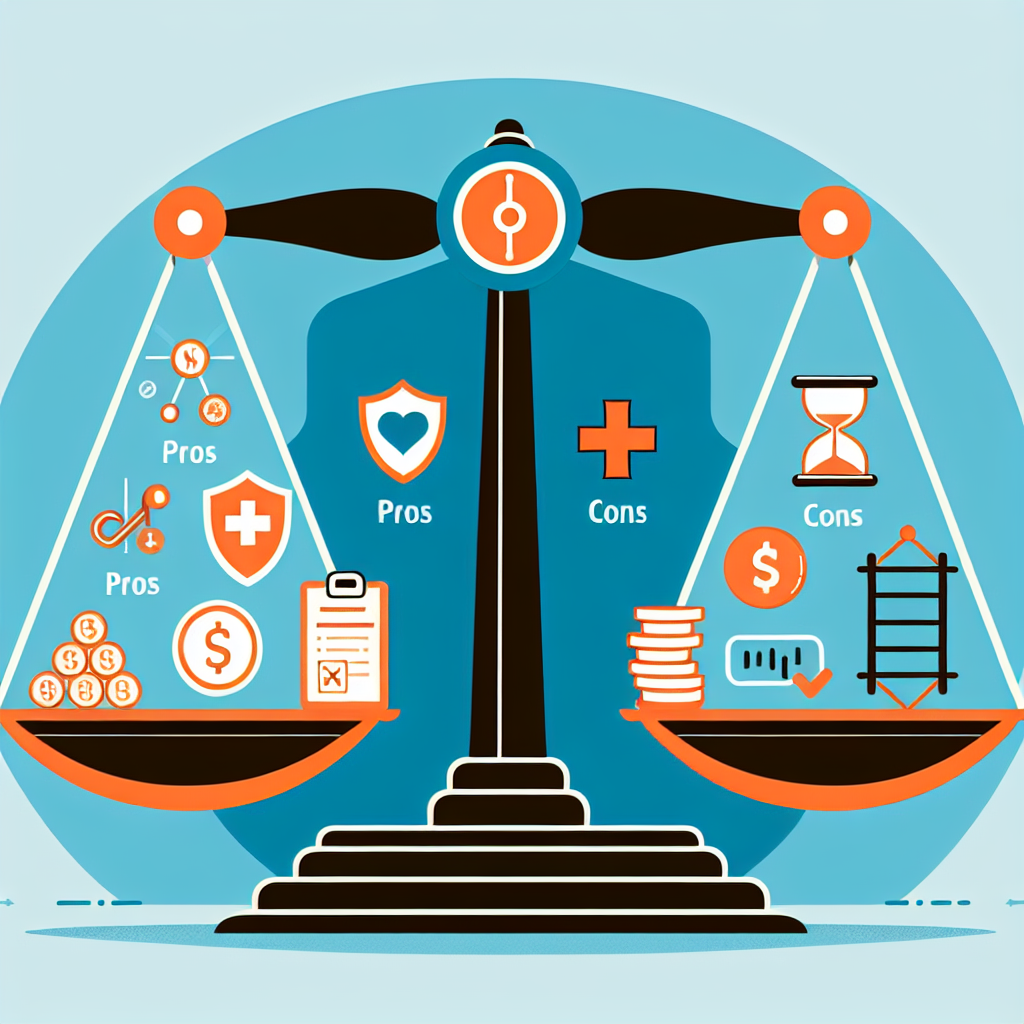Filed under Life Insurance on
Understanding the Different Types of Life Insurance

Life insurance is a cornerstone of financial planning, offering peace of mind and financial security to individuals and families alike. Understanding the different types of life insurance available can be a daunting task for many. Each type of policy comes with its unique characteristics, benefits, and potential drawbacks. Knowing these differences can help you tailor your coverage to meet your specific needs and financial goals. In this article, we’ll explore the various types of life insurance, provide real-life examples, and offer practical advice to make your decision-making process smoother.
Term Life Insurance
Term life insurance is one of the most straightforward and affordable types of life insurance. It provides coverage for a specified period or "term," usually ranging from 10 to 30 years. If the policyholder passes away within this term, the beneficiaries receive a death benefit.
Real-Life Example: Young Families
Consider a young family with a primary breadwinner. Opting for a 20-year term life insurance policy can secure income replacement coverage for the years when their children are still dependent and the mortgage is still being paid off. This type of policy typically offers high coverage amounts at lower premiums, making it an attractive option for those just starting.
Pros and Cons
- Pros: Affordable, simple to understand, provides large coverage for low cost.
- Cons: No cash value component, coverage ends after the term, renewal can be costly due to age and health changes.
Whole Life Insurance
Whole life insurance is a type of permanent life insurance, providing coverage for the policyholder’s entire life, as long as premiums are paid. It also includes a savings component, called cash value, which grows over time on a tax-deferred basis.
Real-Life Example: Long-Term Estate Planning
Imagine an individual who has accumulated significant wealth and is concerned about estate taxes. A whole life insurance policy can help ensure that their beneficiaries have enough to cover those taxes and other final expenses, thereby preserving the estate's value.
Pros and Cons
- Pros: Lifelong coverage, cash value accumulation, potential dividends.
- Cons: More expensive than term life, less flexibility in terms of investment.
Universal Life Insurance
Universal life insurance offers more flexibility compared to whole life insurance. It allows policyholders to adjust their premiums and death benefits within certain limits. The cash value component grows based on a set minimum interest rate, but it can also earn more depending on market conditions.
Real-Life Example: Adapting to Financial Changes
Think of a self-employed individual whose income fluctuates. With a universal life insurance policy, they can pay the minimum premium when times are tough and increase the payment to boost cash value when income is better. This flexibility makes universal life a compelling option for someone with a varied financial outlook.
Pros and Cons
- Pros: Flexible premiums, adjustable death benefit, cash value component with growth potential.
- Cons: Complexity, potential need for high premiums to sustain the policy, investment risk.
Variable Life Insurance
Variable life insurance allows policyholders to allocate a portion of their premium dollars to a separate account comprised of various investment options, similar to mutual funds. This means the cash value and death benefit can vary according to the investment performance.
Real-Life Example: Investment-Driven Individuals
An individual with a solid understanding of the stock market may leverage their knowledge to potentially increase the cash value and the death benefit of their variable life insurance policy. This option is ideal for those who are comfortable with managing investment risk along with their life insurance policy.
Pros and Cons
- Pros: Investment options, potential for high returns, tax-deferred cash value growth.
- Cons: Higher risk due to market exposure, complex management, potential negative impacts on cash value and death benefits.
Comparing and Choosing the Right Life Insurance
Choosing the right life insurance policy ultimately depends on individual circumstances including financial goals, family needs, and risk tolerance. Here are a few steps to guide you:
- Evaluate Your Needs: Consider your current financial situation, debt, family expenses, and future financial goals.
- Compare Quotes: Get quotes for various types of life insurance. Consider each policy's costs and benefits.
- Consider Professional Advice: Consult with a financial advisor to weigh your options and select one that aligns with your broader financial strategy.
- Review Regularly: Life insurance needs may change over time, so it’s essential to review your policy periodically.
FAQs
1. What is the main difference between whole life and term life insurance?
The main difference is duration and cost. Term life insurance provides coverage for a specific period, whereas whole life offers lifelong coverage with an additional savings component.
2. Can I switch from a term life policy to a whole life policy?
Some insurers allow you to convert term life insurance to a permanent life insurance policy like whole life, often without a medical exam. Check your policy for conversion options.
3. How do I determine the amount of coverage I need?
Consider your income, debts, living expenses, future education costs for children, and any other financial responsibilities. A common rule of thumb is to aim for coverage that is 7 to 10 times your annual salary.
4. Is life insurance necessary if I’m single with no dependents?
Though not essential, life insurance can help cover end-of-life expenses, outstanding debts, and lock in lower premiums while you’re young, offering peace of mind and future financial protection.
5. What affects the cost of life insurance premiums?
Factors influencing life insurance premiums include age, health, lifestyle, policy type, coverage amount, and length of coverage. Maintaining a healthy lifestyle and choosing the right type of policy can help lower your premiums.
Understanding the different types of life insurance is a critical step toward securing a stable financial future for you and your loved ones. By analyzing your needs and comparing your options, you can make an informed decision that provides peace of mind and financial security.




